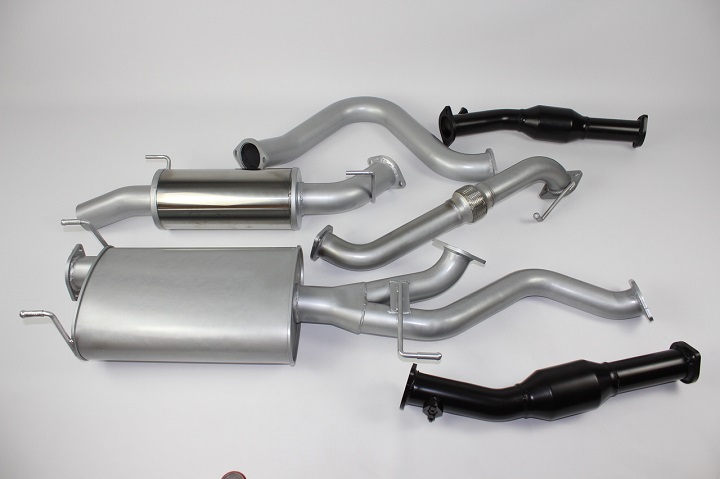Toyota has been topping the vehicle sales charts in Australia with their HiLux and LandCruiser for quite a while now, and I don’t see anyone else overtaking them any time soon. Toyota makes reliable and durable vehicles that are ideal for driving in the harsh Australian climate. The Toyota Advantage is also appealing to many, and it allows new owners to service their Toyota once every 6 months for two years. Or, they can do that every time they reach a certain mileage, whichever comes first.

However, just like most other vehicles, Toyota has also left plenty of room for improvement in the exhaust system. Stock Toyota exhaust systems are typically made using mild steel, which isn’t the most durable material out there, but it gets the job done. However, some people want more than something that gets the job done. Off-roaders especially are keen on updating their stock exhaust systems with aftermarket Toyota exhaust systems that offer more in terms of horsepower, torque, and mileage.
With that said, if you’re on the market for a brand new exhaust system, there are a couple of important things you should pay attention to in order to get the best deal possible. For starters, the exhaust should be made of aluminised, T304 or T409 stainless steel. While all of these materials outperform mild steel, there are differences between them, and depending on your personal needs, your choice will vary.
T304 stainless steel is the highest-quality material out of the three, but it’s also the most expensive one. It’s incredibly strong and features high corrosion, rust and impact resistance properties. T409 is the most commonly used stainless steel for manufacturing exhaust systems, and while it is not as strong as T304, it’s still incredibly strong and likely to outlast your Toyota. Aluminised is the most affordable option out of the three, but it’s also the least durable one. However, aluminised steel is very lightweight and can further improve your Toyota’s performance and mileage by dropping a couple of kilograms off of your vehicle.
Then, ensure the pipes of the aftermarket exhaust you’re looking at are as wide as your specific type of vehicle can accept. Wider pipes mean more clean air is going inside your engine, and that also means that the exhaust coming out of your engine leaves faster. Furthermore, make sure you’re buying an exhaust system that features mandrel bend turns in the pipe. Mandrel bending is a special technology that ensures there aren’t any gas restrictions where the pipes curve.














